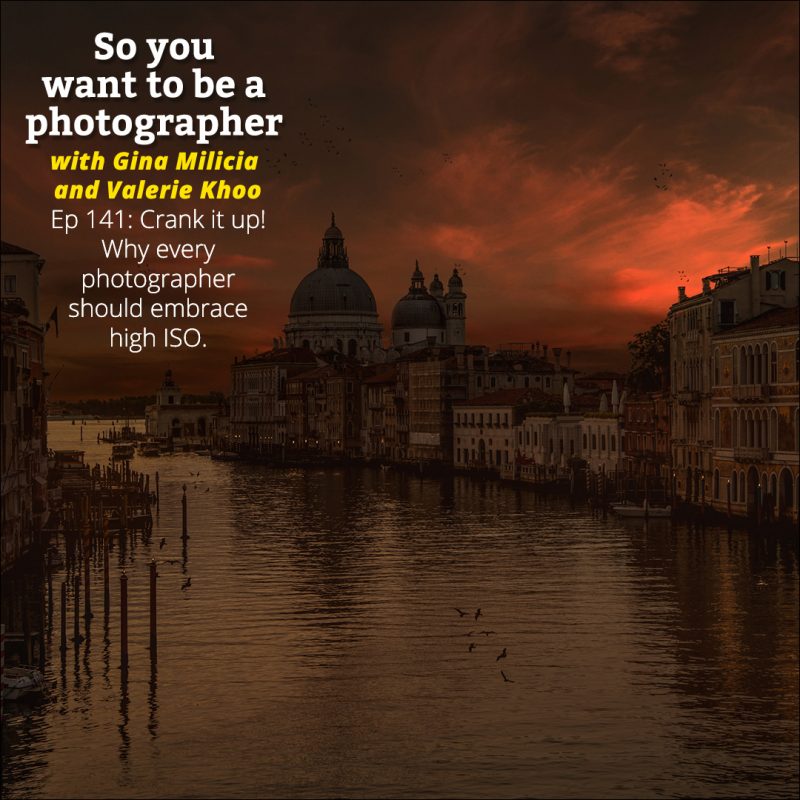
It’s time to crank up your ISO. In this episode, we dispel the myths about high ISO being noisy and grainy and show you what you need to do if you’re shooting this way.
Gina and Valerie discuss the various situations where high ISO should be used (and it’s not just when there is low light or at night!) and the extra techniques you need to employ if you choose this setting.
Gina and Valerie love bringing this podcast to you.
Hope you enjoy the podcast.
Sign up to the newsletter for great tips and free Lightroom presets.
Join the dynamic Gold Membership in our Community which delivers monthly tutorials, live mastermind and lots of behind the scenes videos into the creative process.
#ginachallenge #crankitup
Click play to listen to the podcast or find it on iTunes here. If you don’t use iTunes you can get the feed here, or listen to us on Stitcher radio.
Show notes
Useful links
Couple Surprised After They Buy A Tiny Kitty, And It Grows To Be The World’s Longest Cat
What is ISO
- ISO controls how sensitive the camera sensor is to light
- Fear around shooting high ISO originated from the film days and early digital cameras
- Film days ISO 800 was shite
- Early days of digital 800 also looked shite particularly in the higher MB cameras
- ISO controls how sensitive the camera sensor is to light
- Lower the number the lower the sensitivity
- Higher the number the greater the sensitivity
- Cranking up the ISO works much like a dimmer switch on a light
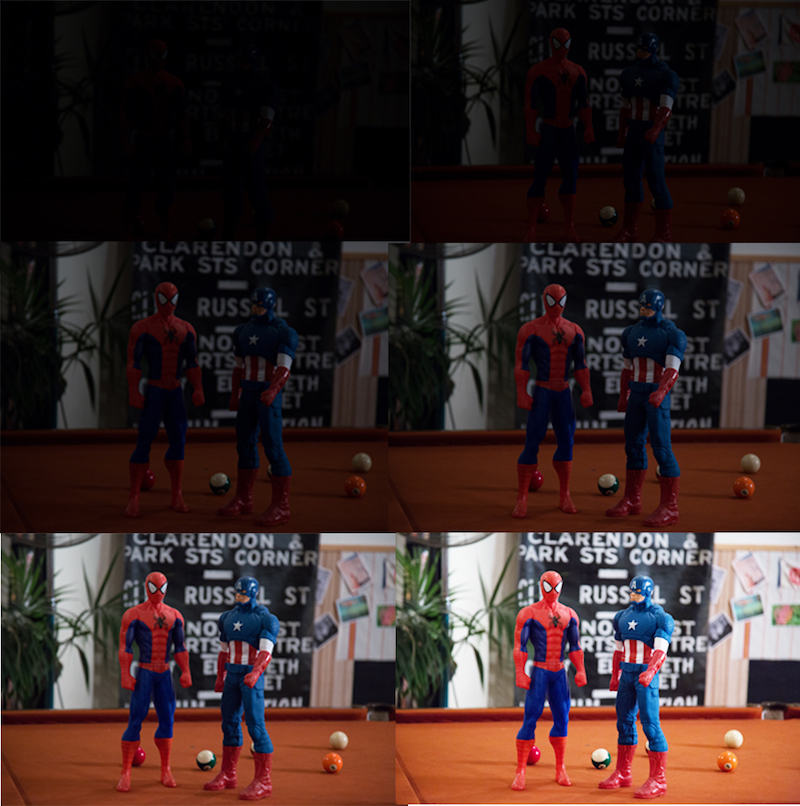

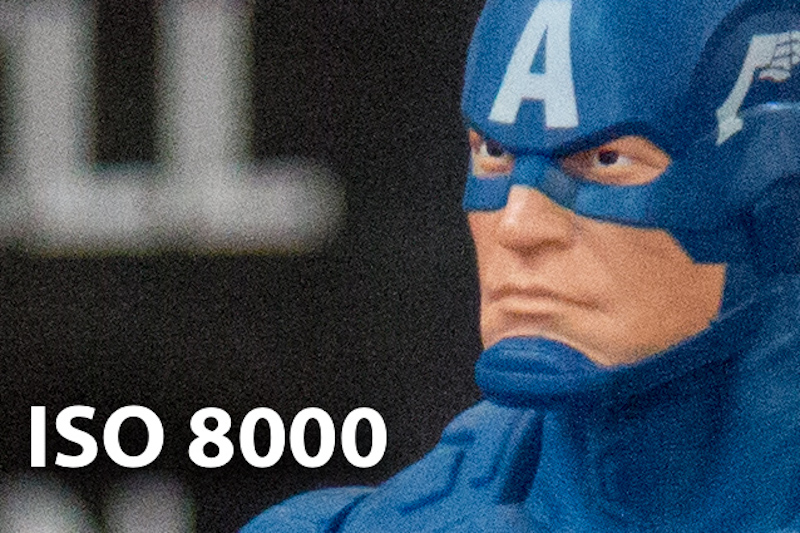
Grain vs Noise
- Grain is the (visible) crystal grain structure on film.
- The higher the speed (ISO/ASA) of film used, the more grain dots are visible
(because of the larger crystals/dye clouds compared to a “slow” film) and result in a picture with with less resolution. - Underexposing also leads to more visible grain.
- Noise is signals recorded by a digital sensor (or post-processing)
- high ISO setting
- long shutter speeds can result in a colourful section across the final image that give a fuzzy and dirty look.
- Underexposing also creates colour noise.
Not all noise is created equal
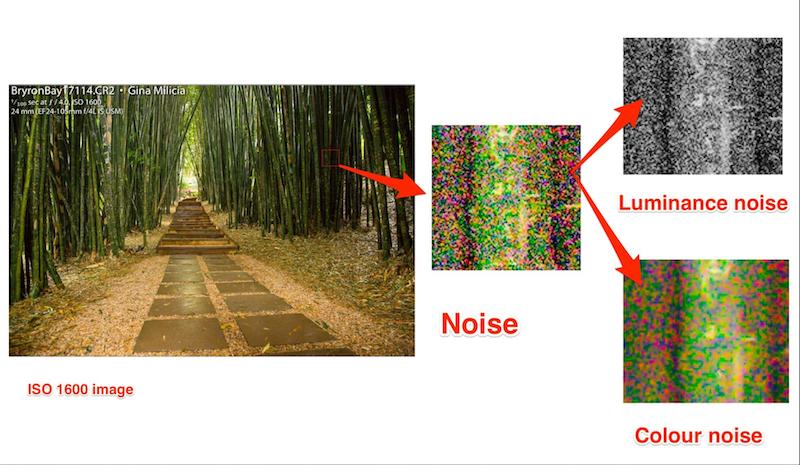
- Luminance noise looks like old school film grain and can be quite nice
- Colour noise is the enemy and is the thing that makes images look shite
- Blotchy skin tones
- Walls etc
What are the advantages of shooting high ISO?
- Faster shutter speeds (sport, wildlife, action)
- Greater depth of field
- Shoot off tripod
Disadvantages
- Noise
- Loss of quality due to colour noise
- Less realistic colours
- Loss of sharpness
The optimum conditions for shooting high ISO
- Bright light
- Outside on a bright sunny day
- The brighter the light the better the overall exposure
- detail in shadows
- faster shutter speed
- easier to focus
- better depth of field
- freeze action
- shoot off tripod = more freedom
Knowing this we can adjust ISO to increase camera’s sensitivity to light to replicate optimum shooting conditions
Best times to crank it up
- Night photography
- Sport
- Concerts
- Events
- Wildlife
Not good to crank it here
- Studio commercial due to loss of fine detail and colour noise
- Advertising
- Portraits
- Macro
How to avoid noise
Important that images are correctly exposed when shooting high ISO
Particularly in the shadows
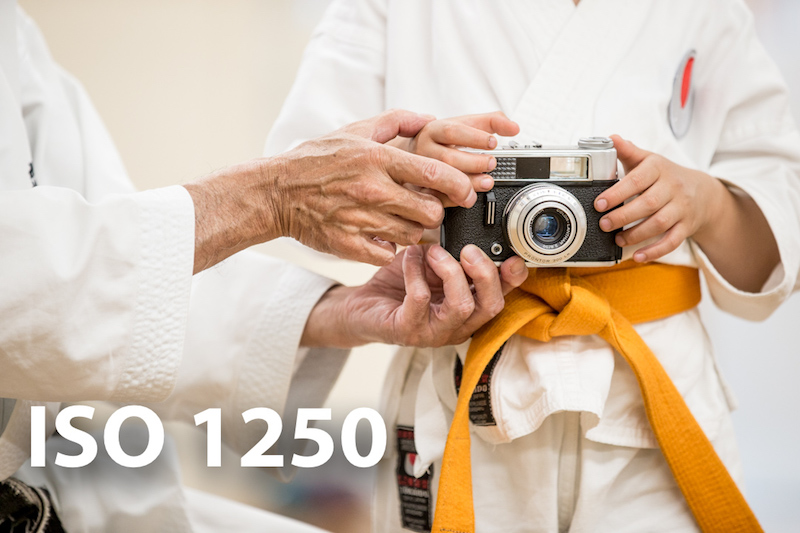
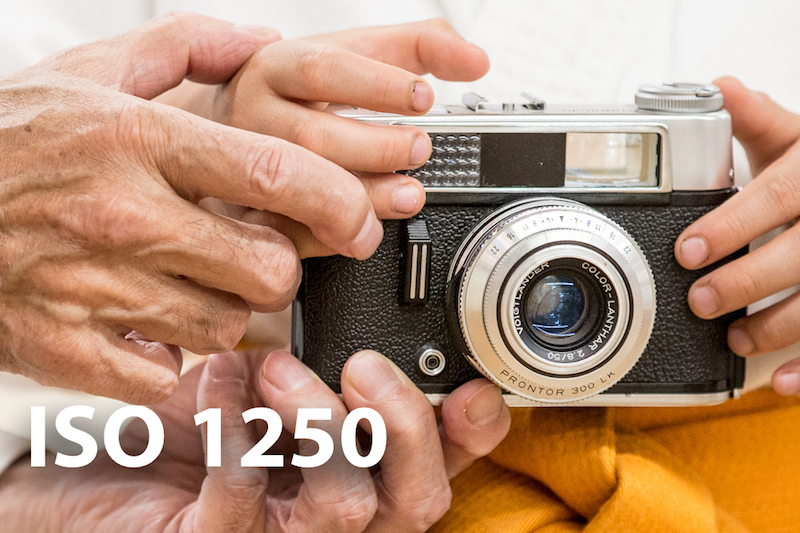

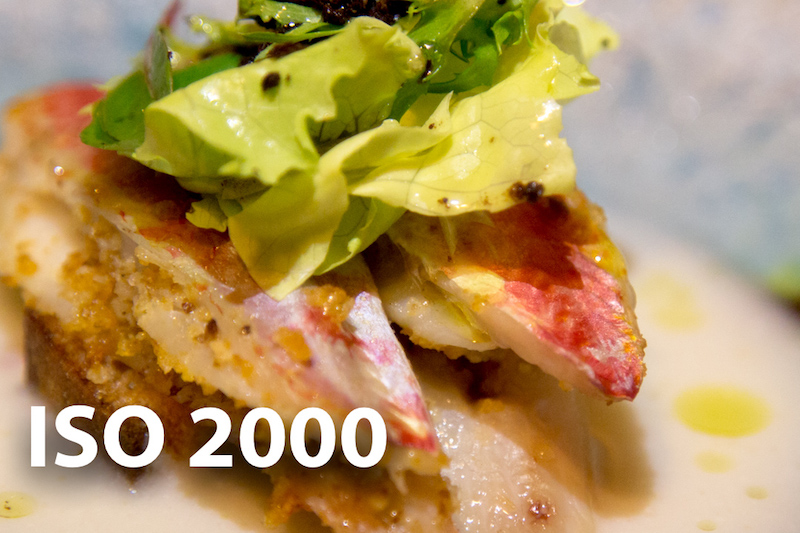



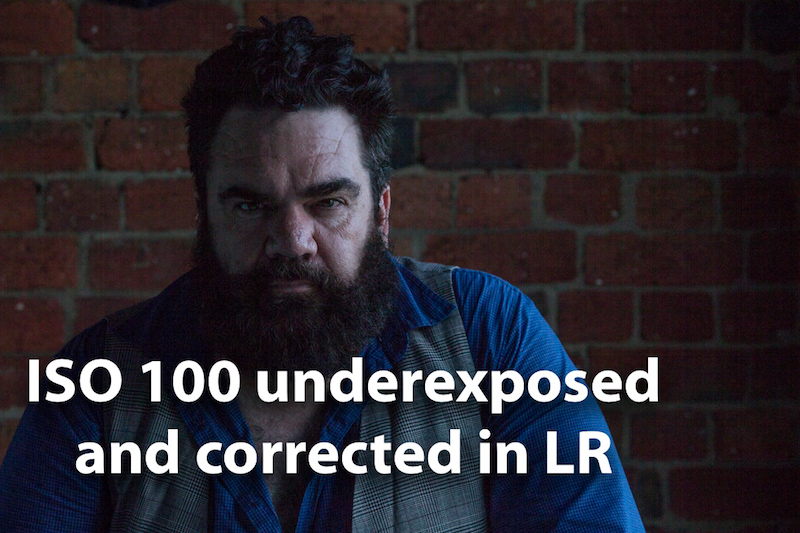
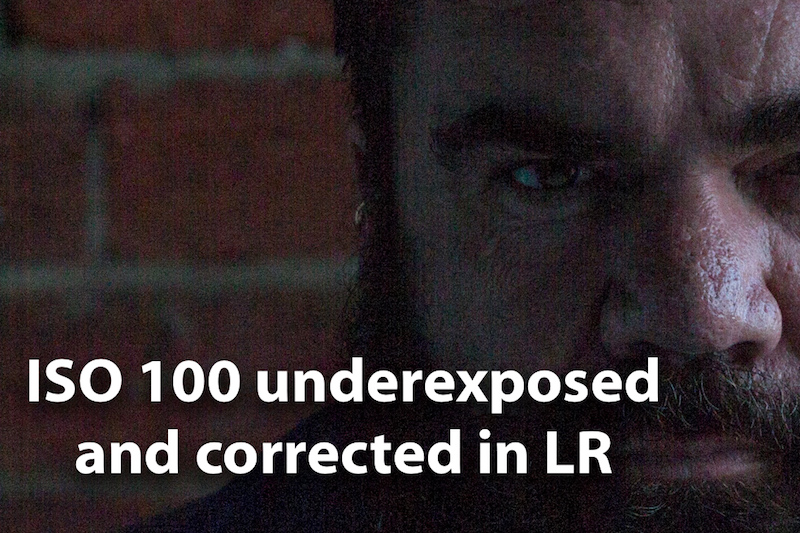
Converting images to black and white is the easiest way to reduce colour noise
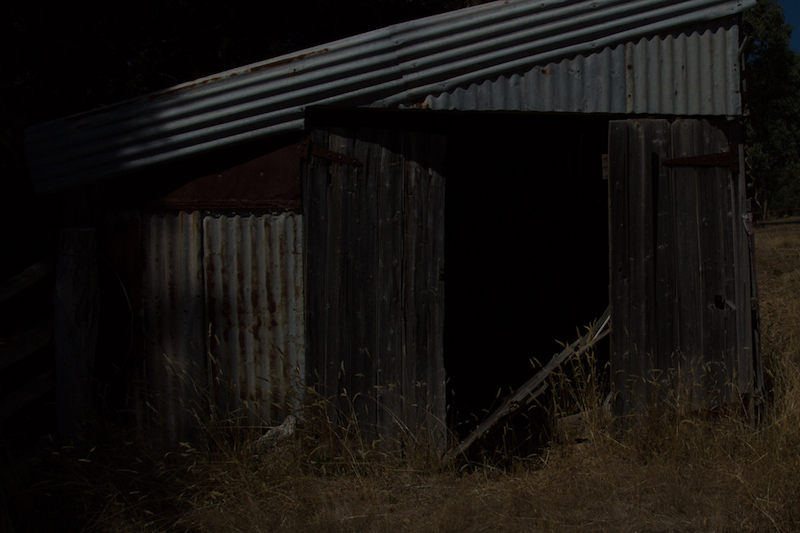

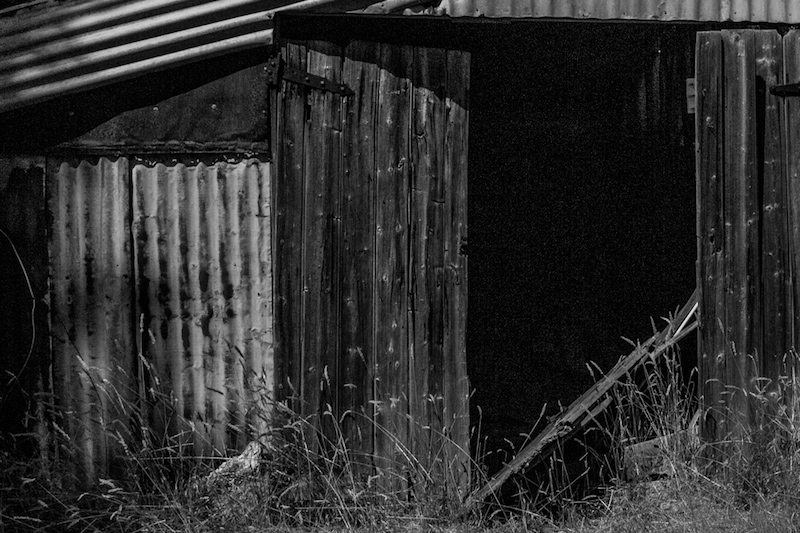

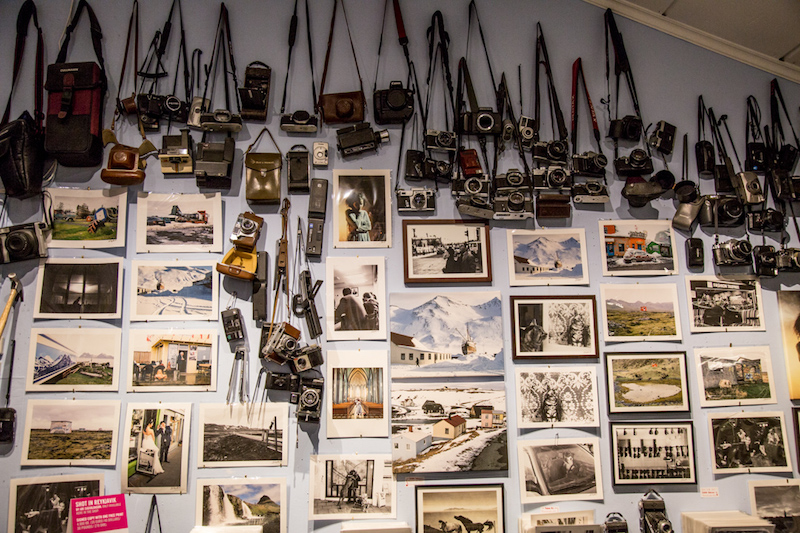
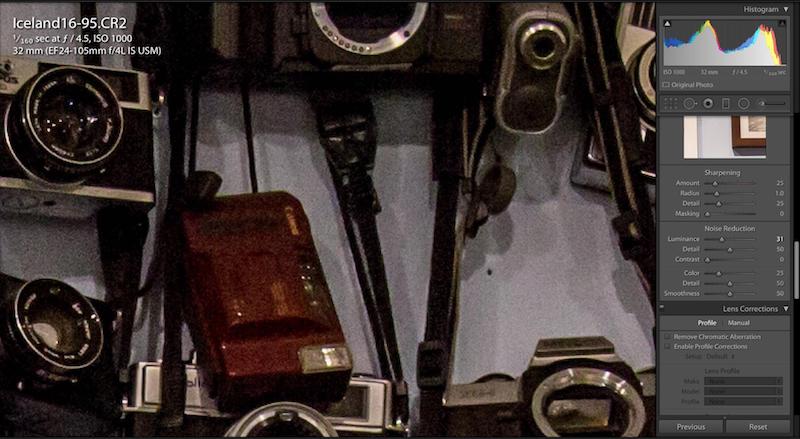


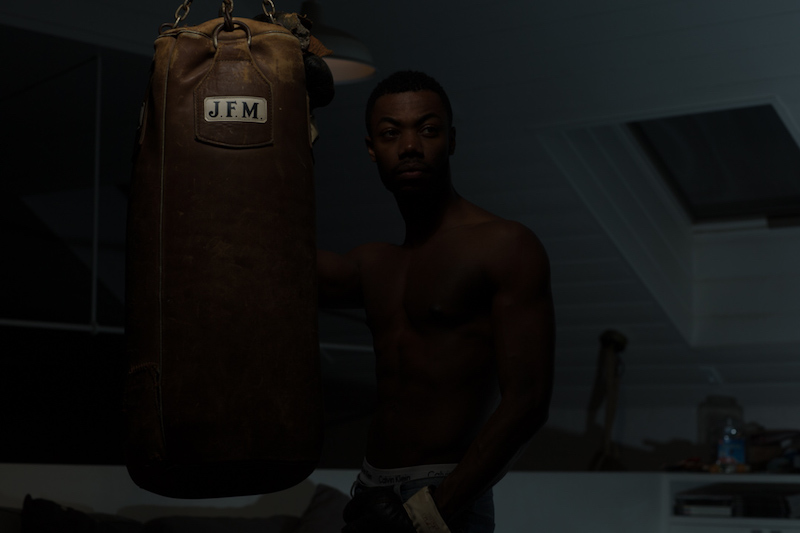
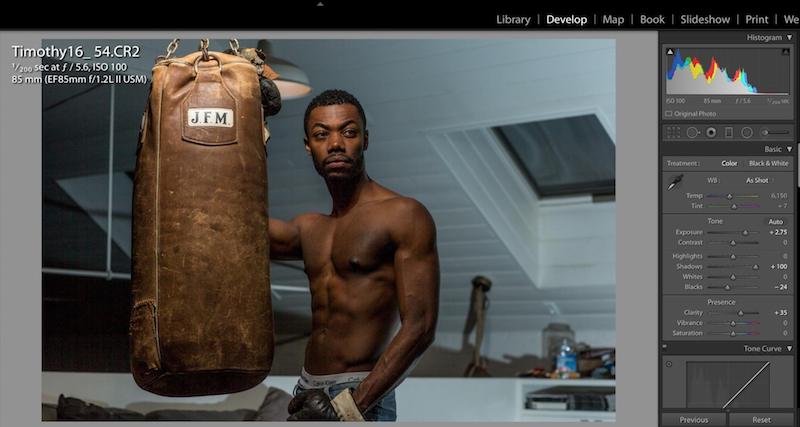

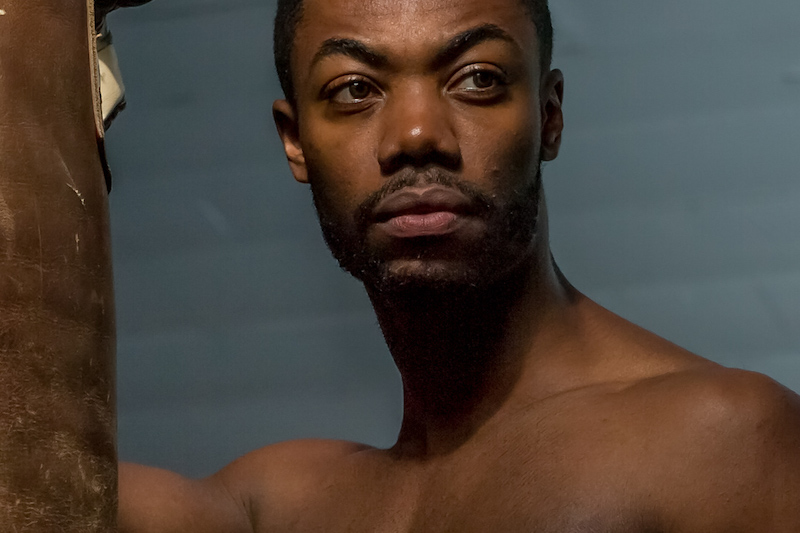
The best combo is high ISO and tiny Dook of fill light
Best high ISO cameras
- Nikon D5.
- Sony a7S II.
- Canon 5D Mark III.
- Nikon D7200.
- Sony a6300.
- Canon 7D Mark II.
- Nikon D5500.
- Olympus OM-D E-M5 Mark II.
Via https://www.borrowlenses.com/blog/best-low-light-camera/
Summary
- Reduce camera noise by correctly exposing images
- High ISO + dook of light = lower noise
- HIGH ISO noise can be corrected in post production
- Luminance decrease size and sharpness of pixels
- Colour decreases appearance of colour artefacts
- Noise reduction reduces the sharpness of an image
#ginachallenge #crankitup


